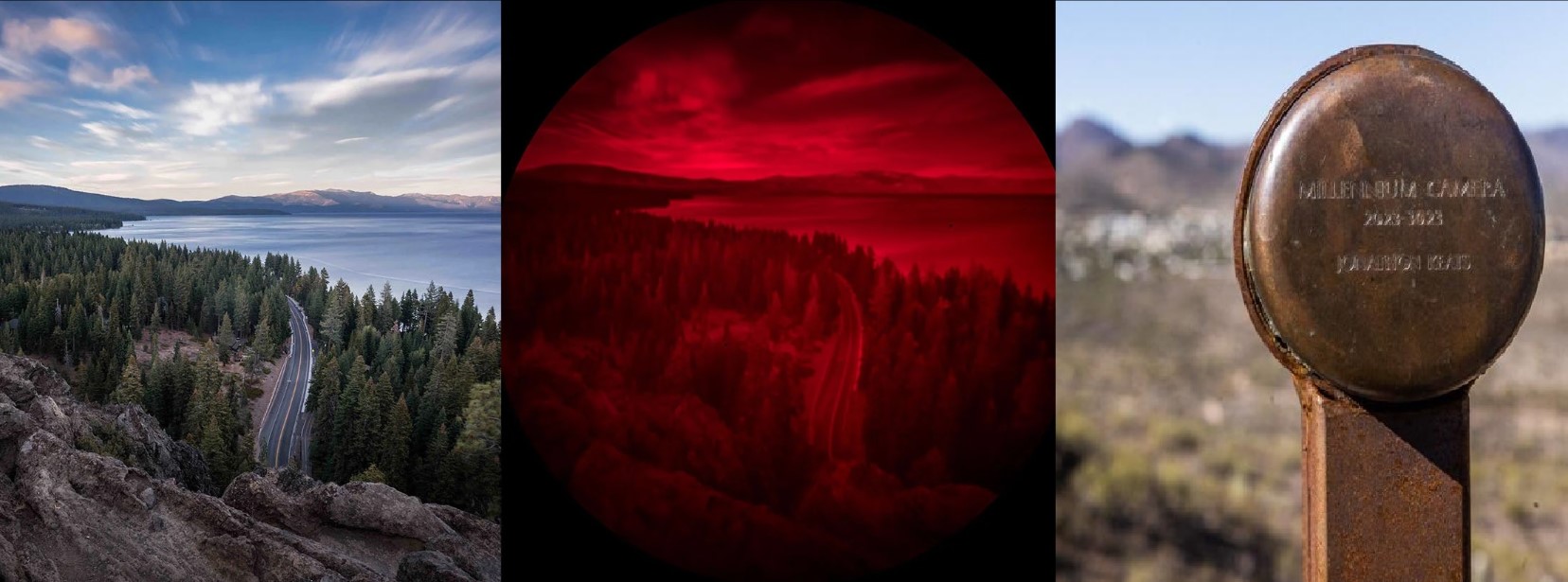Time Capsule Project: "Millennium Camera" to Take a 1,000-year Long-Exposure Photo

Technology News , World :- In the year 3023, people might have an incredible way to see how the Arizona desert looked a thousand years ago. It's all thanks to a unique project known as the Millennium Camera, an art and science initiative by Jonathon Keats, an experimental philosopher from the University of Arizona College of Fine Arts. This camera aims to capture an extraordinarily long-exposure photo, spanning a thousand years, offering future Tucson inhabitants a glimpse of what has changed and what has remained the same.
To achieve this, Keats drew inspiration from the past, designing the Millennium Camera based on the ancient pinhole camera, invented around 1,000 years ago. The camera is a copper cylinder with a thin sheet of 24-karat gold on one end, featuring a tiny hole punched into it. Sunlight passes through this hole, reaching a light-sensitive surface coated with layers of rose madder, an oil paint pigment.
Mounted on a steel pole and pointed toward a Tucson neighborhood, the controlled light exposure will gradually fade the pigment, creating a millennium-long exposure photo. Over the centuries, there will be noticeable movement in the frame, making future observers squint to decipher the changes. However, Keats finds charm in this, as stable elements like mountains will appear bold, while changing objects like buildings will be semi-transparent, emphasizing the impermanence of humanity.
Despite the ambitious plan, uncertainties loom over the camera's fate, considering natural disasters, theft, or changes to the landscape over the next millennium. However, the Millennium Camera serves a dual purpose – not only as a time capsule for future generations but also as a present-day inspiration. Located near a hiking trail on Tumamoc Hill, the camera invites hikers to ponder the future while appreciating the present view. Keats envisions installing similar cameras in different directions in Arizona and in locations like Griffith Park in Los Angeles, China, and the Austrian Alps.
Keats believes that contemplating potential future scenarios, even bleak ones, can motivate people to take action to shape a better future. So, whether or not the Millennium Camera survives its intended timeframe, it stands as a symbol encouraging us to think about the past, present, and future.


